Wallaby – The Smaller but Happy Forest Macropod
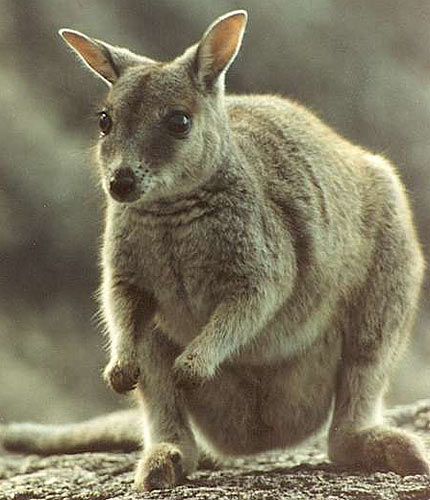
A wallaby is the common term given to any macropod (marsupial big foot) smaller than a kangaroo or a wallaroo. There are about thirty species, including the New Guinea Forest Wallaby, the Bridled Nail-tailed Wallaby and the Swamp Wallaby, all ranging in size from 17 to 36 inches (45 to 90 cm), and all residing mostly in either Australia or New Guinea. They resemble kangaroos in stature and build, and even carry their young (known as “joeys”) in pouches like them too. However, while their larger “cousins” inhabit the great plains, wallabies’ small size keeps them mostly in more heavily wooded and remote areas, where there is less competition for the plants and grass they eat to survive. Don’t short change these little guys though, as within their many species, the wallabies have a number of amazing characteristics.
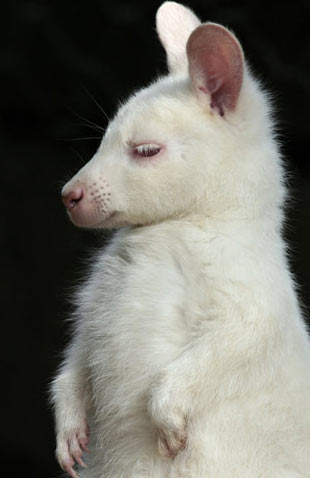
Baby Albino
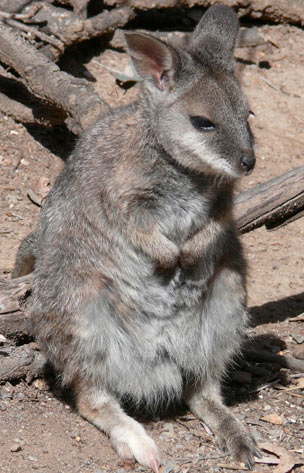
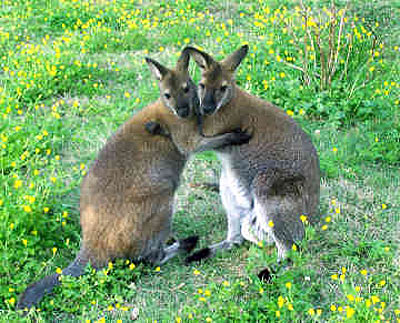
The bridled nail-tailed wallaby for example, is known for having a singular, fingernail-like scale hidden in the thick hair that covers the tip of it’s thin tail. It’s function is unknown, but it could be for anything from balance, to protection, to just a random genetic mutation. Also interesting is the swamp wallaby, which is often hard to find because of their defense mechanism. When sensing danger, the swamp wallaby will lay down with it’s herd mates to blend into it’s surroundings. Only when the threat becomes imminent will the group break cover and scatter, using their explosive speed to evade predators.
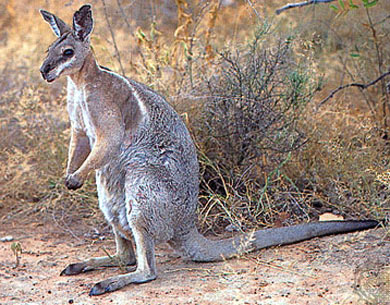
Bridled Nail-Tailed
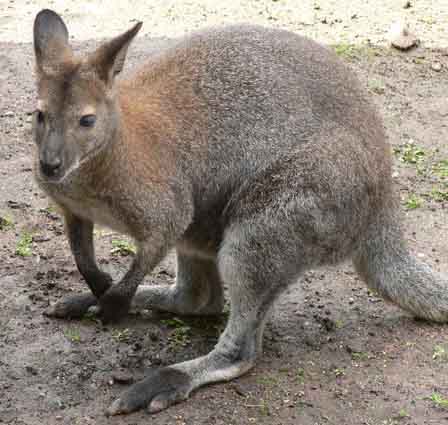
Red-Necked
As previously mentioned, wallabies live almost exclusively in Australia and New Guinea, but several introduced populations do exist. Places like New Zealand, Scotland, and Great Britain all have small populations that got to those lands either through unknown means in the 1800s, or through zoo escapes in the 1900s. Although they are often over looked because of the popularity of their larger cousins, wallabies are one of the most prevalent groups in their region, and are a just as much a staple of the Australia region as kangaroos or koala bears.
